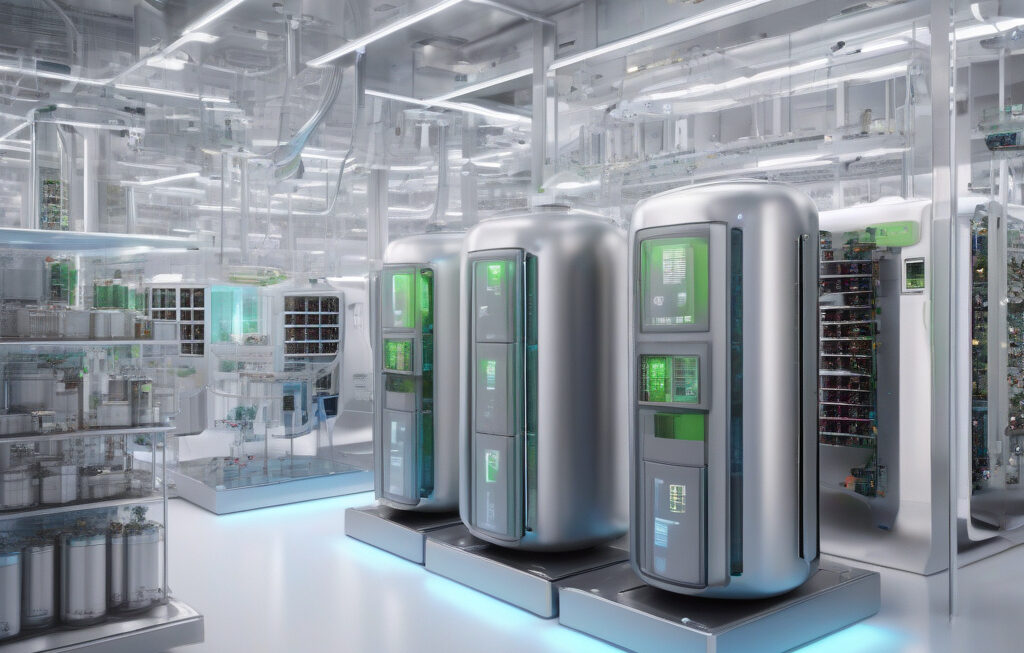Hidden Layer in Solid-State Batteries: Unlocking Faster, Safer Power Storage
Modern lithium-ion batteries power everything from electric vehicles to mobile devices you doomscroll on all day. However, as technology advances and our reliance on battery-powered devices increases, the need for more efficient, faster-charging, and safer energy storage solutions becomes apparent. This is where solid-state batteries with their hidden layer of innovation come into play.
Solid-state batteries are a promising alternative to traditional lithium-ion batteries. They use a solid electrolyte instead of the liquid or gel electrolytes found in conventional batteries. This solid electrolyte not only makes the batteries safer by reducing the risk of leakage or combustion but also allows for faster charging and discharging rates.
One of the key components that set solid-state batteries apart is the hidden layer known as the solid electrolyte interface (SEI). The SEI plays a crucial role in the performance and longevity of the battery. It acts as a protective barrier between the electrolyte and the electrodes, preventing unwanted chemical reactions that can degrade the battery over time.
The development of a stable and efficient SEI has been a major focus for researchers and companies looking to commercialize solid-state batteries. By optimizing the composition and thickness of the SEI, scientists aim to improve the battery’s cycling stability, energy density, and overall performance.
Companies like QuantumScape, Solid Power, and Toyota are at the forefront of solid-state battery research and development. QuantumScape, for example, has made significant progress in overcoming the challenges associated with solid-state batteries, such as dendrite formation and limited electrode-electrolyte contact.
In addition to improving the safety and performance of batteries, solid-state technology also opens up new possibilities for design and integration. These batteries can be made thinner, lighter, and more flexible than traditional batteries, making them ideal for a wide range of applications, from wearables to electric aircraft.
The automotive industry, in particular, stands to benefit greatly from the adoption of solid-state batteries. Electric vehicle manufacturers are constantly looking for ways to increase the range, reduce the charging time, and enhance the safety of their vehicles. Solid-state batteries offer a compelling solution to these challenges and could accelerate the transition to electric mobility.
While solid-state batteries show great promise, there are still some hurdles to overcome before they become widespread. Scaling up production, reducing costs, and ensuring long-term stability remain key areas of focus for researchers and manufacturers.
In conclusion, the hidden layer of innovation in solid-state batteries has the potential to revolutionize the way we store and use energy. By unlocking faster charging speeds, improved safety, and greater design flexibility, solid-state batteries could pave the way for a more sustainable and electrified future.
#SolidStateBatteries, #EnergyStorage, #BatteryInnovation, #ElectricVehicles, #FutureTechnology










